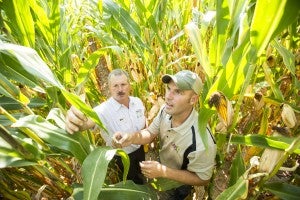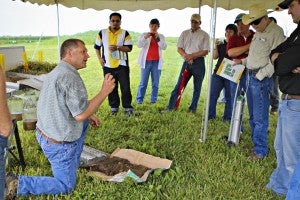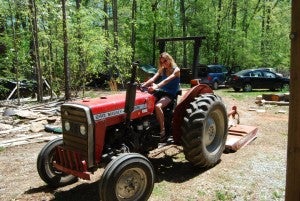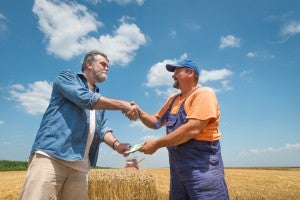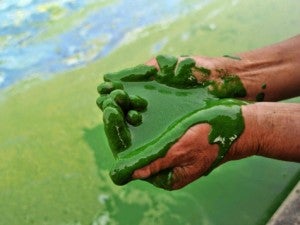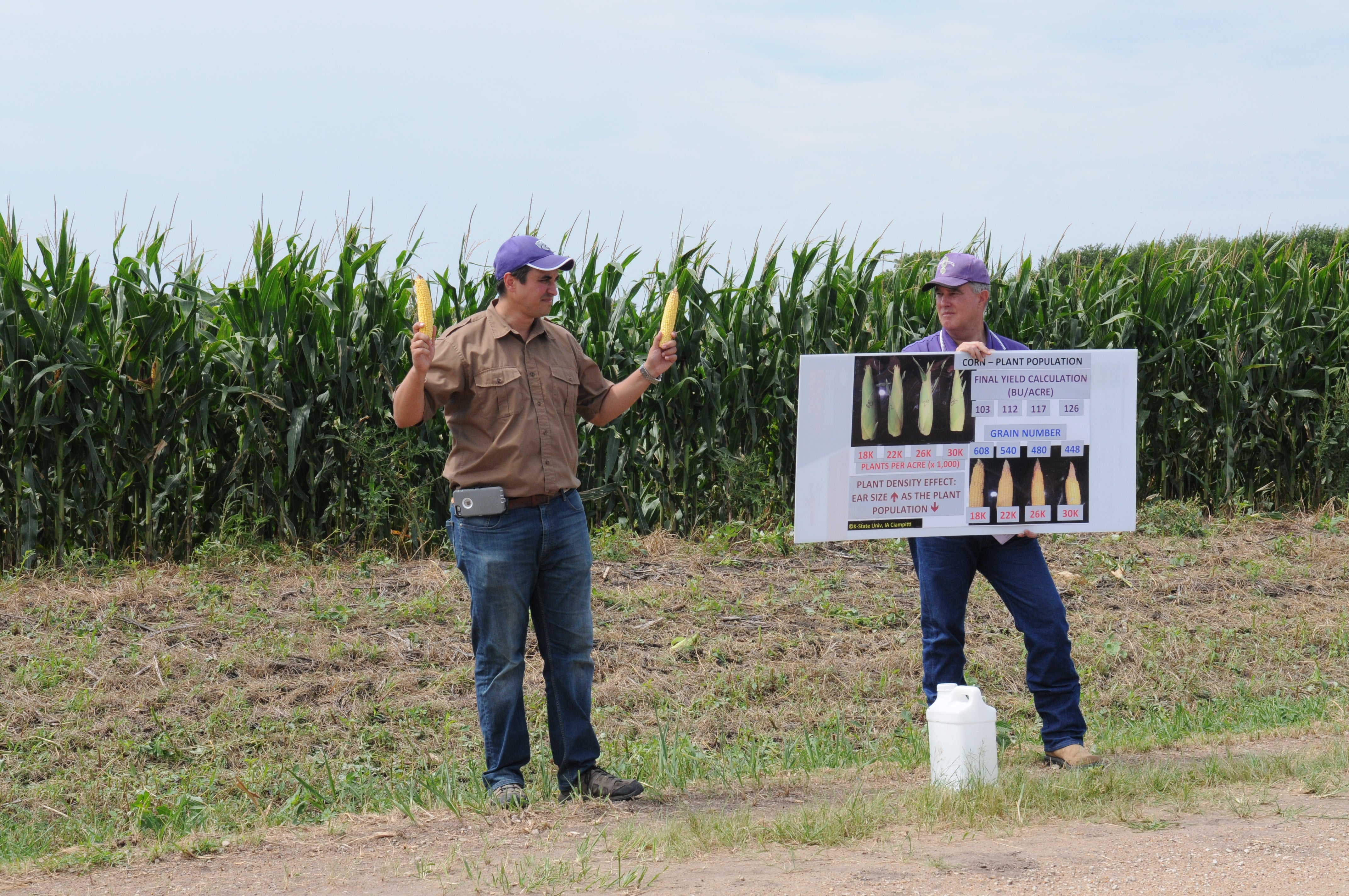 Amidst all the new tools and technologies being developed to make agriculture more sustainable, there is one tried and true method for testing on-site conservation practices that doesn’t get much attention: farmer networks.
Amidst all the new tools and technologies being developed to make agriculture more sustainable, there is one tried and true method for testing on-site conservation practices that doesn’t get much attention: farmer networks.
Farmer networks consist of growers within a region working directly with advisors, agronomists and/or scientists to conduct on-farm trials. These trials can test the economic and environmental impacts of changes in crop management, adoption of soil health practices, or use of precision agriculture tools. The data is then aggregated and analyzed to determine best practices for specific farm conditions and to inform future management decisions.
Originally established by the Iowa Soybean Association, the innovative farmer network model has since taken off, with Environmental Defense Fund and others establishing additional networks across the country. As University of Connecticut soil fertility expert Thomas Morris explains, participation in farmer networks has led to greater efficiency on hundreds of thousands of acres across the U.S – benefitting both the planet and yield. The potential for replication is limitless.
That’s why EDF created a how-to guide for other organizations, companies, and universities interested in creating a farmer network. The new Farmer Network Design Manual provides a roadmap to support sustainable agriculture practices, increase farm profits, and build resiliency. Read More










